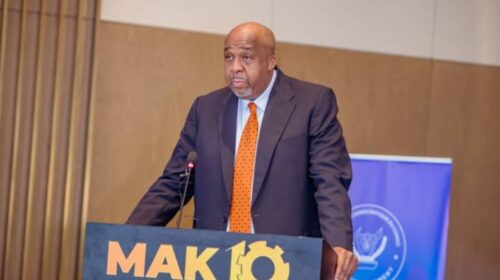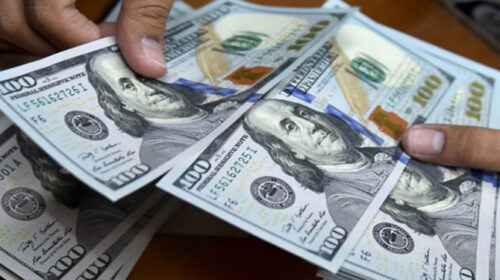Glencore CEO Reveals Strategy to Bolster Cobalt Prices and Address Market Challenges
Glencore, a leading cobalt producer, has undertaken measures to stabilize cobalt prices and address market dynamics, according to the company’s CEO, Gary Nagle.
The CEO shared insights into the firm’s strategy, indicating that it stockpiled cobalt during the first half of the year to support prices for this vital material used in electric vehicle batteries and aerospace applications.
Nagle noted that Glencore, which holds the position of the world’s largest cobalt producer, is actively considering additional strategies.
These include potential reductions in production and further accumulation of cobalt stockpiles, which play a crucial role in creating alloys for aerospace industries and battery manufacturing.
Cobalt prices have experienced a significant decline, plummeting more than 50% from their levels in October. This drop can be attributed to a combination of decreased demand and increased supplies from Indonesia, the second-largest cobalt-producing nation globally. The Democratic Republic of Congo, where Glencore’s cobalt production centers, leads in cobalt production.
Nagle highlighted that despite the strides made, there remains an oversupply in the cobalt market. He conveyed this message during an analyst call discussing the company’s half-year results.
Nagle emphasized that Glencore’s proactive approach in the past would continue in the future, encompassing strategies such as production curtailment or sustained stockpiling to influence market dynamics.
In terms of supply figures, Glencore provided approximately 43,800 tonnes of cobalt in 2022 and 21,700 tonnes during the first half of the current year.
Data provided by Darton Commodities showed that Glencore held a significant share of global cobalt supplies, accounting for 23% of the over 187,000-tonne mined cobalt supply in 2022. During that year, the market saw a surplus of nearly 17,000 tonnes.
Nagle pointed out the robust demand for cobalt in the electric vehicle sector, predicting its continued growth. Additionally, the aerospace and defense sectors remain strong consumers of cobalt. While cobalt usage in consumer goods had experienced a lull, Nagle noted a recent uptick in demand.
Despite cobalt being recognized as a critical mineral by the United States and Europe, Chinese battery manufacturers have shifted their focus from nickel, cobalt, and manganese (NCM) chemistry to more cost-effective lithium iron phosphate (LFP) batteries. This transition is expected to result in slower cobalt demand growth than previously anticipated.
Market observers foresee ongoing surpluses in the cobalt market due to increased production in Indonesia and the resumption of exports from China’s CMOC Group Tenke Fungurume mine (TFM) in the Democratic Republic of Congo.
The mine had previously halted operations for a year due to a government dispute. TFM contributed to 10% of the world’s cobalt supply in 2021.
![]()





